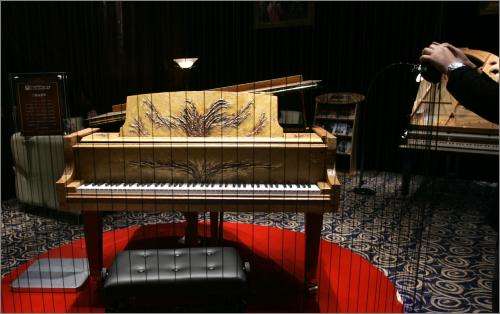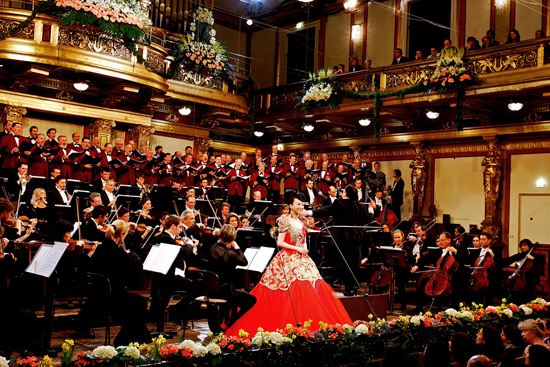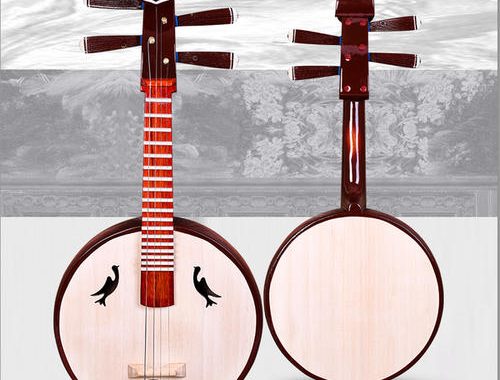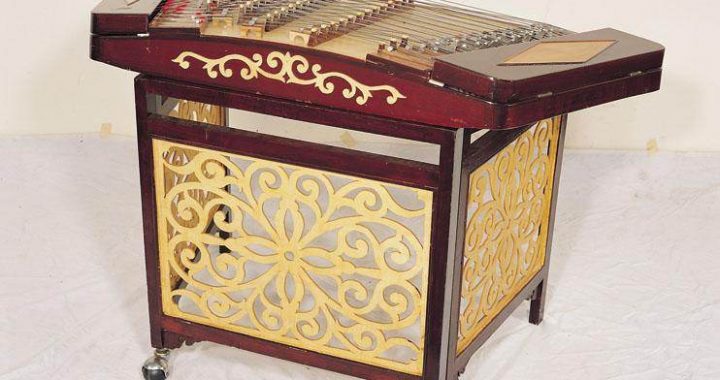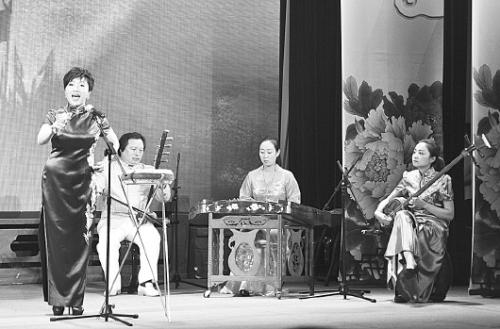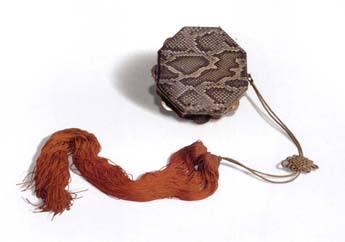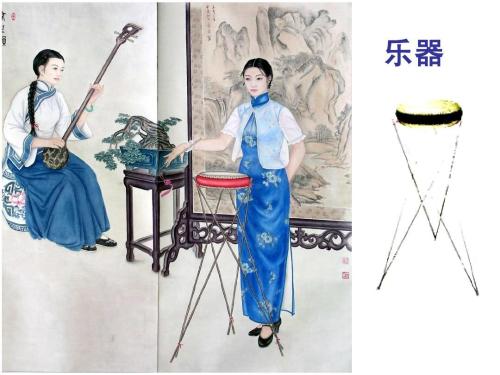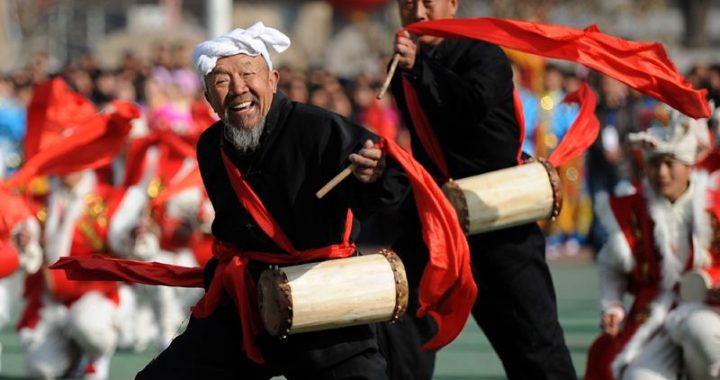Di (transverse flute) and Xiao (end-blown flute)
2 min readThe Xiao (end-blown flute), also made of bamboo, is played in a vertical position. The Xiao is depicted in pottery tomb figurines dating back to the Han Dynasty (202 BC-220 AD). This instrument may be even more ancient than the di (transverse flute). A variety of Xiao called the chiba, dating from the Tang-Song period, is the precursor of today’s Xiao. The end of the Xiao is formed by the end of a bamboo segment, with a blowhole cut into the edge. Six fingering holes are positioned along the length of the instrument. The larger dongxiao, made of black bamboo, has a pure tone suitable for playing refined and elegant melodies.

It is often used as a solo or ensemble instrument or to accompany traditional opera.
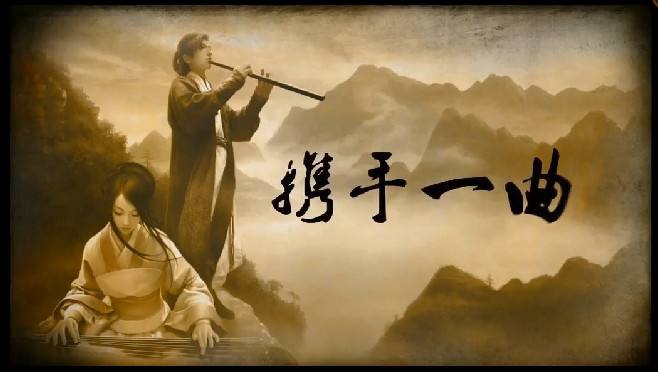
The erhu (two-string fiddle) played in Silk and Bamboo music has the most expressive voice of all the bowed string instruments. The erhu has a history dating back almost one thousand years. With the rise of various styles of regional opera, the erhu developed into a large family of diverse instruments. During the 1920s and 19 3 Os, famous musician and educator Liu Tianhua (189 5-19 32) revolutionized the erhu, bring-ing this popular folk instrument into the realm of professional music. The contemporary erhu is made out of the highest quality wood, with a python-skin head covering the soundbox. The bow is made of bamboo strung with horsehair, and the strings are tuned a fifth apart. The tone is both powerful and flexible, suit-able for playing lively tunes as well as gentle melodies. The erhu utilizes a wide variety of complex bowing and fingering techniques, and often serves as the lead instrument in traditional music ensembles and Silk and Bamboo music.
